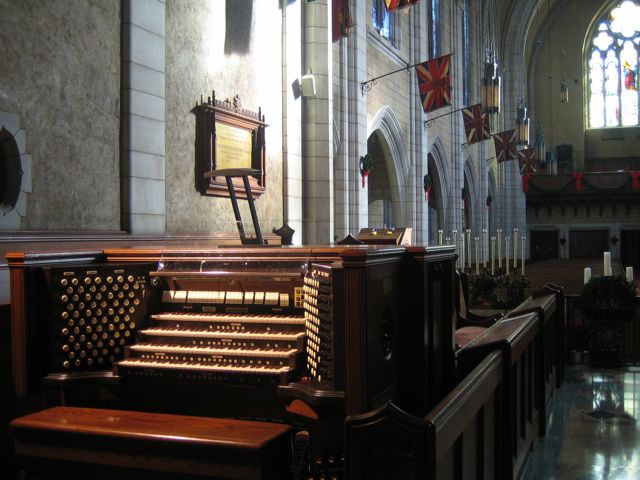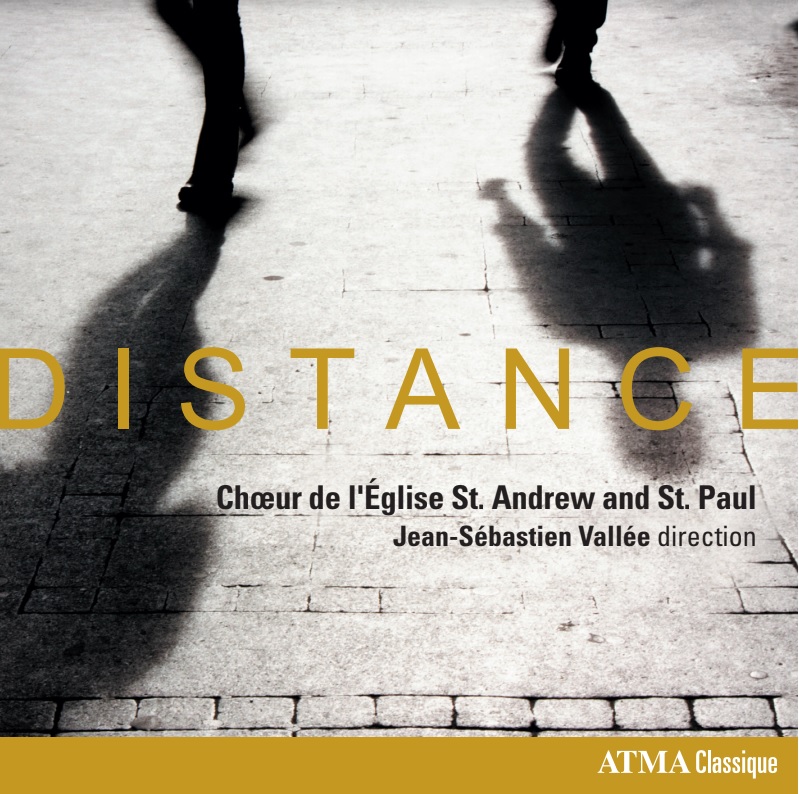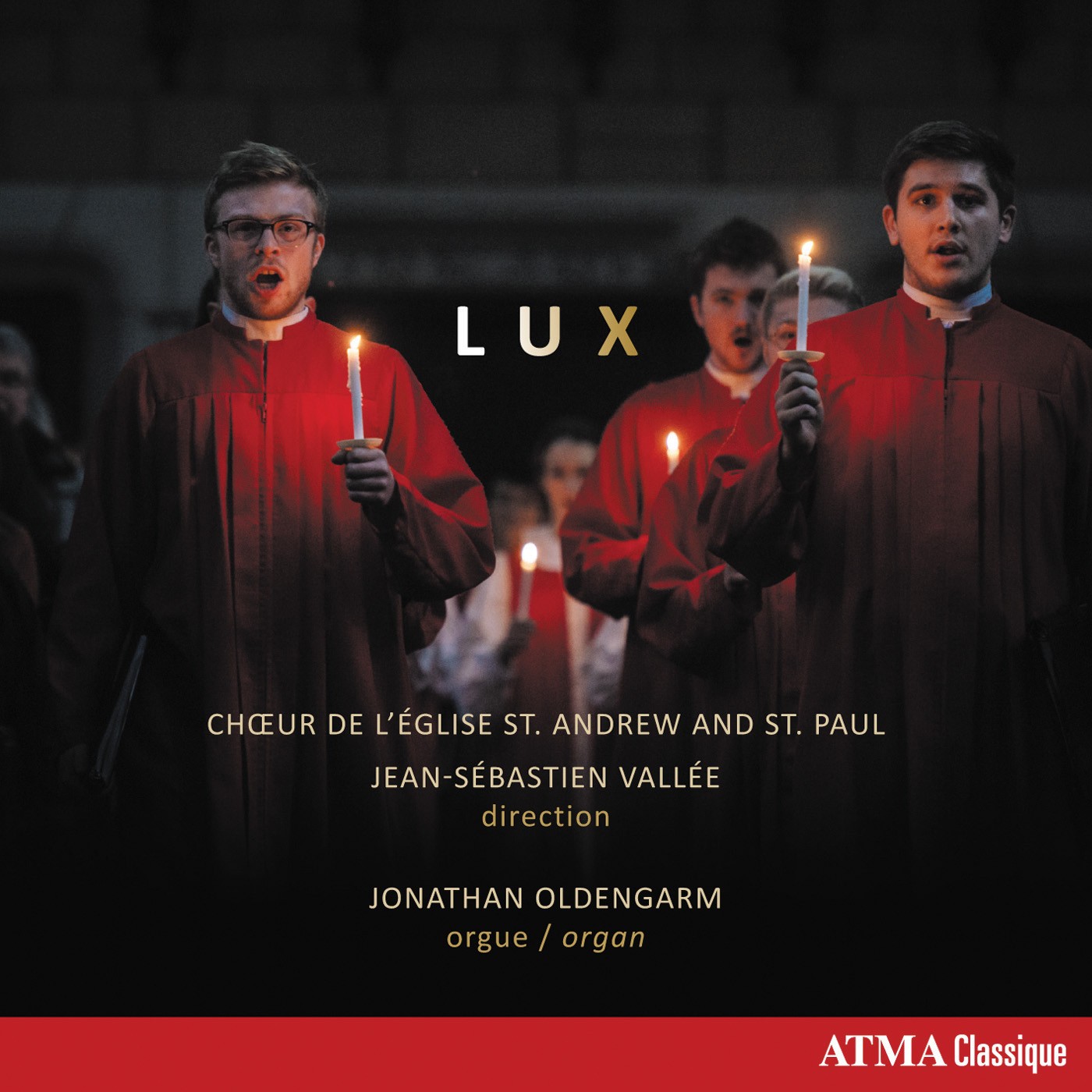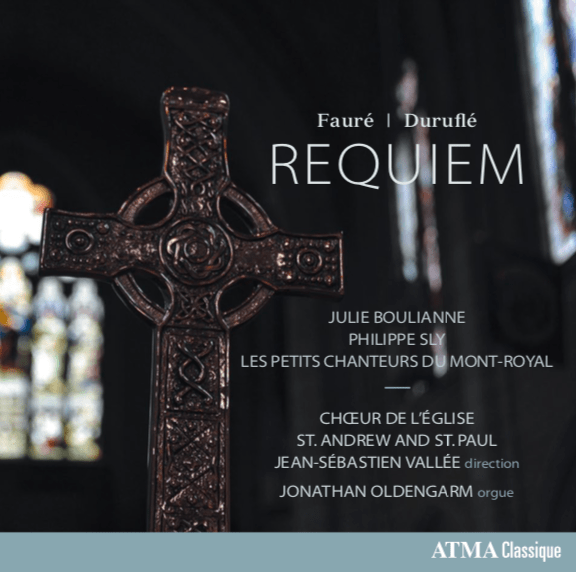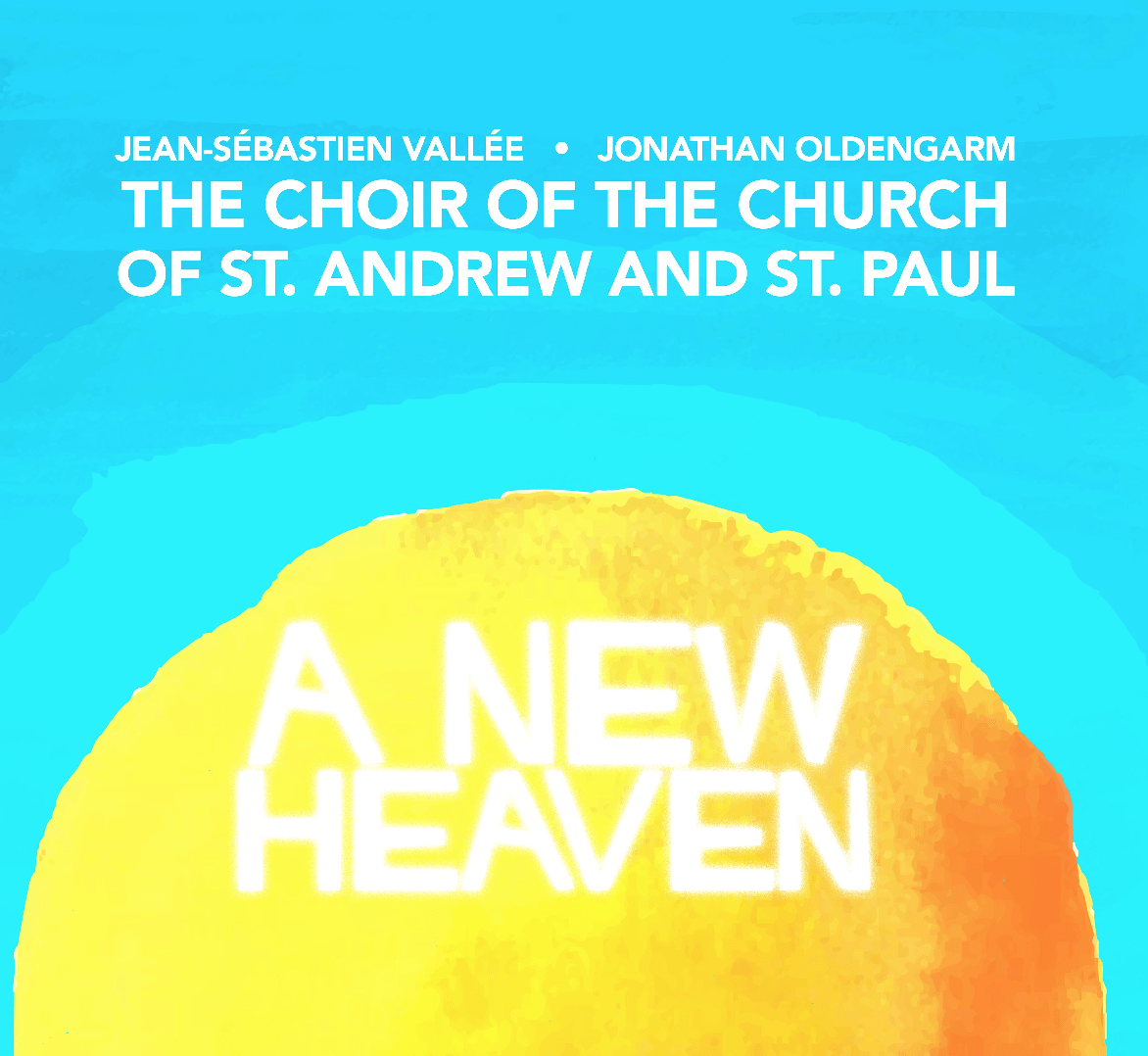Music at A&P
Sacred music in the heart of our city
If you are passionate about choral and instrumental sacred music, The Church of St. Andrew and St. Paul is your home. Under the leadership of Choir Director Léa Moisan-Perrier and Organist & Director of Music Jonas Apeland, every Sunday morning from 10:45 a.m. is an important musical moment. The Choir of The Church of St. Andrew and St. Paul are among Canada’s most celebrated choral ensembles and sings every Sunday and at many other concerts and special services throughout the year. The Church of St. Andrew and St. Paul is a multicultural Presbyterian congregation in Montreal, at Bishop and Sherbrooke Streets. All are welcome! Our services are also streamed live on YouTube.
The Choir of the Church of St. Andrew and St. Paul is inviting auditions for volunteer chorister auditions from singers of all voice types. Applications to be submitted by Tuesday, August 20th. In person auditions will be held on Thursday, August 29th, 5:00 to 9:00 PM.
Upcoming Events
Summer Choir Schedule
|
June 9: Small choir |
Organist Aron Sipos and conductor Léa Moisan-Perrier |
|
June 16: Quartet |
Organist Aron Sipos |
|
June 23: Soloist Jingjing Xu |
Organist Thomas Annand |
|
June 30: Small choir |
Organist Thomas Annand and conductor Léa Moisan-Perrier |
|
July 7: Small choir |
Organist Jonas Apeland and conductor Léa Moisan-Perrier |
|
July 14: Soloist Alasdair Campbell |
Organist Jonas Apeland |
|
July 21: Small choir |
Organist and conductor Jonas Apeland |
|
July 28: Quartet |
Organist Jonas Apeland |
|
August 4: Soloist Brittany Rae |
Organist Jonas Apeland |
|
August 11: Quartet |
Organist Jonas Apeland |
|
August 18: Small choir |
Organist Jonas Apeland and conductor Léa Moisan-Perrier |
|
August 25: Small choir |
Organist Jonas Apeland and conductor Léa Moisan-Perrier |
|
September 1: Small choir |
Organist and conductor Jonas Apeland |
The Choir
The Choir of the Church of St. Andrew and St. Paul
The Choir of the Church of St. Andrew and St. Paul is one of Canada’s most advanced choral ensembles. Newly led by Léa Moisan-Perrier, the hybrid professional and volunteer choir includes some of the finest singers from the greater Montreal area. Current members and alumni of the Choir include professional choristers, opera singers, instrumentalists, and conductors. The Choir offers a collegial, fast-paced environment in which to experience great choral music within a vibrant, welcoming church community. The ensemble, known for its warm sound and clarity of texture, is acclaimed for its innovative programming and diversity of styles. The Choir of the Church of St. Andrew and St. Paul can be heard on several recordings, including LUX (ATMA, 2017), REQUIEM (ATMA, 2018) and DISTANCE (ATMA 2021).
Auditions
The Organ
The organ of the Church of St. Andrew and St. Paul was built in 1931 by the renowned Casavant Frères of Ste. Hyacinthe, as that firm's opus #1457. It is one of the largest instruments on the island of Montreal, containing nearly 7,000 pipes. About 70% of the pipes are located in the chancel; the other pipes speak from the rear gallery. Only the Trompette en chamade (installed in 1992) is visible, mounted prominently below the Black Watch window.
The instrument was cleaned and overhauled by Casavant in 1976-77, and several stops and a new console were added by Caron, Gagnon, Baumgarten in 1992. The tonal work of these rebuilds lent the instrument a neo-baroque flavour, but was unfortunately of uneven technical and musical quality. The console was rebuilt by Casavant in 2001. A gradual tonal renovation of the organ has been ongoing since 2010, whose goal is to replace the 1970s and 1990s-era neo-classical stops with pipework of the early 20th century, of superior material and tonal quality. Like all of the Casavant instruments built between ca. 1890 and 1960, op. 1457 was conceived in the late-Romantic Anglo-American style, and remains a monumental essay in the genre.
The tonal design of the instrument was conceived for the playing of orchestral transcriptions and orchestrally-inspired solo repertoire and accompaniments; the Wagnerian orchestra, with its kaleidoscopic yet seamless colour changes, was the aesthetic ideal for many organists of the period.
Fast Facts
